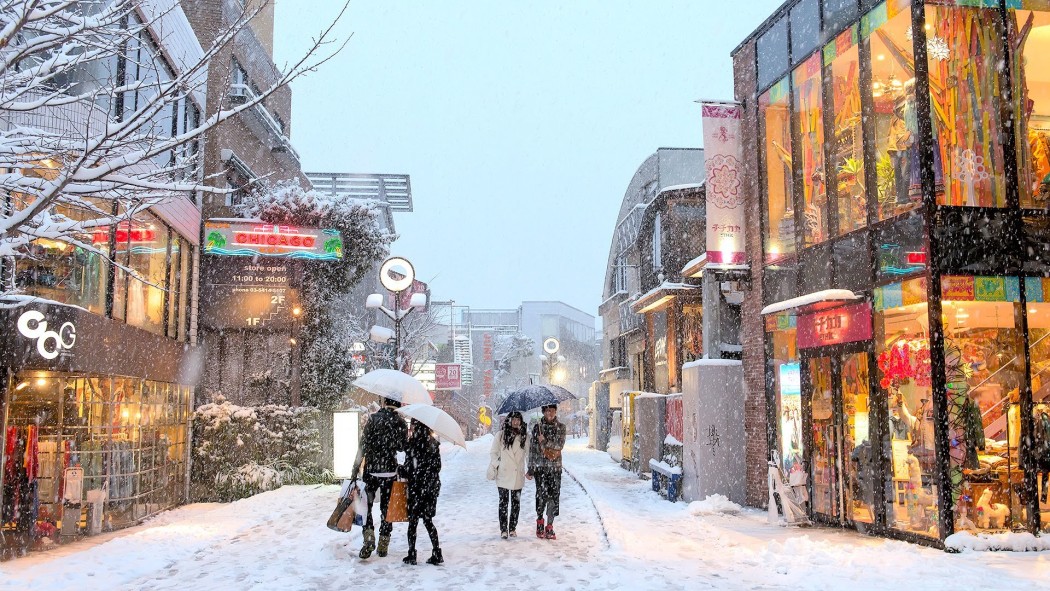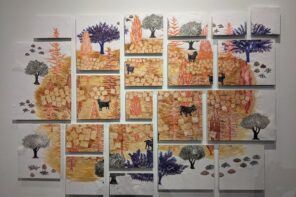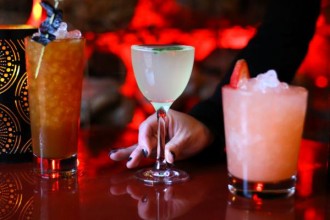Spending NYE in TOKYO, Japan
Tokyo is, by far, the place that impacted me most. 23 countries, 5 continents, it’s always at the top of my list. Why? Because the city, made up of many provinces, is the cultural epitome of everything truly fascinating in life. With a culture that values tradition, embraces modernism, spearheads technology, and gives way to some of the most brilliant culinary geniuses throughout time? It is a travel destination that gives way to everything you could ever imagine. (Yes. Really.)
That said, as the year comes to an end, Tokyo is a place that really love New Year’s festivities.
[separator type=”thin”]New Year’s holidays are an important event in the annual calendar of Japan. Among other things, people make their first visit (aka “hatsumode”) to temples and shrines to pray for a happy and prosperous year, or enjoy a different kind of shopping with the “fukubukuro” mystery bags and the bargains accompanying the first sales of the year. Tokyo is of course full of such enjoyable events so here are some ideas to make your New Year’s holidays memorable!
There are dozens of temples and shrines of historical significance in Tokyo and during the New Year holiday period they are all crowded with people wishing for health and happiness. To give just one example, it’s estimated that Meiji Jingu Shrine gets up to 3 million visitors between December 31 and January 3! (When I was there, there was something so divinely serene about this shrine, it must be experienced.)
Also popular, especially with tourists, is Asakusa’s Senso-ji Temple: returning from the visit to the temple, people also enjoy trying the various delicacies from the shops along Nakamise-dori Street. (
Here are some more choices for your hatsumode:
Big stores (department stores, supermarkets, etc.) often hold limited-time sales during the change of the year period. Although New Year’s Day is a holiday for most (business usually resume on January 2), with every year more and more stores have started opening even on that day. This has also given rise to the trend of “hatsu-uri” or “first sale.” For most consumers, the charm of the first sale is in the mystery bags (aka “fukubukuro”).
In the original concept, each bag contains various items and the thrill is in waiting after the purchase to see what these items are. Although the odds of landing something very good and/or expensive are quite good, recently the department stores have changed the idea drastically. Precious items limited only to the mystery bags, the opportunity to purchase an “experience” or even the option to pick the contents of your fukubukuro yourself are some of these changes.

Tobu Department Store Ikebukuro
A mystery bag offering the chance to win a spot at the morning training session of a sumo stable, see the wrestlers and train and eat chanko-nabe dish with them! To make the experience even fuller, a former wrestler will be your companion and explain the subtleties of the practice.
*Interpretation will also be provided.
Daimaru Tokyo
Another “experience the ‘wa’ spirit of Japan” mystery bag: this one containing a stay at one of Hakone’s traditional hotels and trying your hand at the making of kamaboko fish-paste products. Other popular mystery bag choices are one containing a set of 12 Buddha statues and another offering various meal options.
Matsuzakaya Ueno Store
This mystery bag offers a chance to stay at the “Sakura Panda Room” of the Mitsui Garden Hotel Ueno (“Sakura Panda” is Matsuzakaya’s cute and well-loved mascot). On offer also are mystery bags with handmade artifacts created by local artisans.
Osechi Ryori: New Year’s Dish
When it comes to food and the first days of the new year, the answer is invariably “osechi ryori”: special dishes with auspicious connotations packed in splendid multi-tiered boxes. In the past, these dishes were prepared at home but nowadays, some people buy them from department stores and restaurants. Often you need to pre-order them but depending on the store, they can also be bought – or even consumed – on the spot.
Shibuya Hikarie “ShinQs”
A special osechi menu jointly created by one of Ishikawa Prefecture’s best-known ryokans and one of the most famous patissiers, brings the taste of the Hokuriku region to Tokyo. Also available is a French-inspired osechi menu by top chef Joël Robuchon.
*As of 2016; contents subject to change from year to year.
*Reservation required.
When it comes to food and the first days of the new year, the answer is invariably “osechi ryori”: special dishes with auspicious connotations packed in splendid multi-tiered boxes. In the past, these dishes were prepared at home but nowadays, some people buy them from department stores and restaurants. Often you need to pre-order them but depending on the store, they can also be bought – or even consumed – on the spot.
Another popular New Year activity is watching the first sunrise of the year; there are various viewing spots, some allowing entrance from late at night, some opening early in the morning and some created just for the occasion.
Depending on the weather conditions, you might not be able to actually see the sun rise.
Another popular New Year activity is watching the first sunrise of the year; there are various viewing spots, some allowing entrance from late at night, some opening early in the morning and some created just for the occasion. Depending on the weather conditions, you might not be able to actually see the sun rise.

Tokyo Tower
On January 1 only, Tokyo Tower opens at 6 a.m., and the special observatory at 250 meters (820 feet) is limited to the first 80 visitors. A wonderful view of sunrise over Tokyo Bay and a special commemorative medal for the first arrival!
Roppongi Hills Tokyo City View observation deck
Special ticket for January 1, 6 a.m. to 8 a.m. (reservation required). If the weather permits, you will able to see Mt. Fuji together with the dawn of the new year.
*All January 1, 2016 special tickets for the rooftop Sky Deck have been reserved.





